Dambulla Sri Lanka
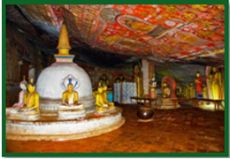 |
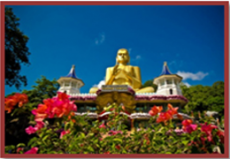 |
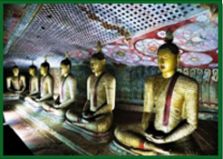 |
Dambulla Sightseeing Tour
Sri Lanka - Dambulla - Dambulla is Located at the centre of the country and 148 km from Colombo. It takes four hours by a car. Now Dambulla is an upcoming city, where the largest vegetable trade takes place. It is called ‘sleepless city’ The area is famous as a place where all the varieties of vegetables ( English and local) are grown.
Dambulla Cave Temple
Historical Back ground The history of Dambulla goes back to the 1st century AD. There is an inscription above the drip ledge over the second entrance, which says King Saddhatissa (77-59 BC) has donated the caves for the sanga as a dwelling place. Later, King Walagambahu, after he became the king for the second time he turned it to a Vihara. (A shrine room) Since then, the temple has been considered as a place of refugee. There are records that several kings have visited the place and restored the Historical Back ground The history of Dambulla goes back to the 1st century AD. place. E.g. King Nissnaka Malla (1187 – 1196 AD.), renamed the temple as Rangiri Dambulla after restoration and gold gilding of several Buddha images and the King Keerthi Sri Rajasinaha (1747 – 1782) restored the complex completely made the third cave as an image house and introduced his own statue. It has been famous as a place of refugee. It has become a tradition that many a kings visited the place and had offered or done something as fulfilling a vow. Many chieftains have done some work here in the caves. The last was done in 1921. As a result, Dambulla temple has become one of the important temples among the Buddhists in the country, a place must visit in their life time. The foreigners too like to visit this place to It has unbroken records of historical events until 1848 rebellion against British rule.
The story of Walagamaba. – When the king Walagamba was ruling Anuradhapura in 43 BC., seven South Indians invaded the kingdom and the king had to run away to various places in the central part of the country. Later, the king met a Buddhist monk called Maha KupikklaTissa, who lived in the Dambulla cave, gave him shelter and helped to organize an army to fight against the invaders. The chronicles and inscriptions describe the story. After 14 years the exiled king went to Anuradhapura with the army, defeated the invaders and became the king for the second time from 29 – 17 BC. As a gratification, the king built a new monastery for the monk, who helped the king and converted the caves to Image houses. It is believed that the first cave was converted to Vihara (temple) by the king Walagamba. Further, he built a large Stupa in Anuradhapura called experience the ancient traditions of religions, the religious practices, sculpture and paintings.
Dambulla Cave temple has been declared as a World Heritage Site in Sri Lanka. The complex consists with 05 caves, where people consider as Viharas (Image Houses). As we pass the entrance hall in the court yard on the right, we can see an iscription by the King Nissankamalla (1187 – 1196) in the 12th C. AD. According to the inscription, he has visited the site and spent 700,000 golden coins to restore the temple, to build seated, standing and reclining Buddha statues and named as ‘Swarna Giri Guha Vihara’ (Golden rock cave Temple.)
The complex of five natural caves with well preserved colourful paintings and images from 8th C. to 20th century are considered as the largest cave paintings in the South and South East Asian regions and one of the most important centers of Buddhist pilgrimage of Sri Lanka. Cave temples are Sri Lankan expressions of Buddhist vihara tradition, which could be found a few elsewhere.
The Dambulla caves have been used as a monastery at the beginning and later in the fifth century it has been converted to a shrine. Still remnants of paintings belong to the 12th CAD could be seen on the outside ceiling of the 3rd cave.
Cave No.1- Deverajalena
This is supposed to be the oldest temple in the complex. The names of these caves were given in the 18th Century or Kandiyan period. There are colossal ‘passing away Buddha’ and three other Buddha images and a statue of his lifelong attendant Most Ven. (Arihath) Ananda. The devotees believe that the passing away Buddha statue is a work of King Walagamba. But historians believe that the statue belonged to the period of 6th to 8th C. AD.
It was carved out from the live rock and considered as a master piece of Sri Lankan sculpture. The paintings in this cave is faded and belonged to the Kandiyan period. There is a statue of Vishnu one of the three main Hindu gods. The temple of the God Vishnu is attached outside. Worshipping Hindu gods and the introduction of statues of the same was taken place during the Kandiyan period and Dambulla is one of the prominent places in that respect.(Student arte requested to think why devotees come and worship god Vishnu there.)
Cave No. 2. Maharaja Lena
This is the largest and it is over 52 m. (170 feet) long. There are 60 colourful statues as mentioned above. The statue of king Walagamba is on the left corner. The Buddha statue in front of the second entrance is belonged to the 8th to 9th C. AD. All other statues represent the Kandiyan School of art. The face with eyes opened, thick lips, the robe and red shawl, and the nimbus (Siraspota) are the main features of the period. The serenity of Buddha’s face is no more due to the Hindu influence to the Sri Lankan art.
There is water way up above, seemed to be flowed upwards and it is shown with the painting of fish. The temple uses the water for religious rituals.
The ceiling of this cave and all other caves are full of Buddhist murals. The Buddha’s images, the stories of Buddha, and important incidents of the Sri Lankan history are depicted by these murals. One of the significant and the largest panel of the paintings is the, “Mara Parajaya ” the defeat of illusions and suppress of craving or the moment of Enlightenment of Ascetic Siddharta. These paintings are done by folk artists coming from traditional families called ‘Sittara’. They paint what they see. E.g. There is a ‘devil, or a representative of evils in the panel is aiming a gun at the Buddha! The technique of painting is ‘tempera’, painting on dry plaster, which is different to Sigiriya. All pigments and the bonding material for the paintings are from the nature. Elsewhere one can observe traditional designs with traditional motifs.
Cave No.3. Maha Aluth Vihara
This shrine was built during the reign of king Keerthi Sri Rajasinha. His statue too can be seen in the cave. Observe the royal paraphernalia. There are about 57 Buddha statues of standing, seated and reclining. The main Buddha statue is in the beautiful dragon (makara) arch. The ceiling is full of paintings and there is a panel of beautiful forest and three figures of Buddha on the wall. Devotees believe that forest depicts the Himalaya and according to the Hindu mythologies the greatest things and powerful animals in the world like the Tree of life, Mahameru, ‘Anotapta wila’ which is supposed to be the source of the water and a King Cobra called Ananata etc are found in Himalaya. But the three Buddha figures which represent the past, present and future Buddha are greatest above all.
Cave No 4 – Pachchima Vihara and Cave No 5 Devena Aluth Maha Vihara are the same with Buddha statues and paintings. For the tourists there is no difference. When you come out, look up the ceiling of the eve of the third cave where, you can see remains of Polonnaruwa period paintings. Let the clients have a time to take photographs of the new Buddha statue at the lower temple and also to use a wash room. If your clients are visiting a temple for the first time take them to the Stupa and Bodhi tree, explain how Buddhists worship at shrines offering flowers and oil lamps. Give them time to take photos and observe what is happening.
Rock and wall paintings
The paintings which belong to the 18th Century murals form the most important artistic heritage of Dambulla. They cover an area of more than 2000 sqm. spreads over the uneven surface of five caves. These murals are the largest preserved group of rock and wall paintings of the region. The paintings display an enormous variety of style and subject matter. The paintings depict the life of Buddha story of Buddhism in Sri Lanka and thousand Buddhist images ( Dahas budun).No Jataka stories can be seen . These paintings have been created by folk artists. It is proved by the painting which depicts “Mara parajaya” (The moment of enlightenment of Prince Siddharta.) at the “Maharahja lena” A family called ‘sittara’ whose generations involved in paintings live close to Dambulla.
The technique
Unlike Sigiriya, the paintings in Dambulla is of the technique called ‘Tempera’, painted on a dry plaster which is thin and made of clay mixed with cow dung. A bonding agent or a thinner has been used. The most pigments are taken from the nature and used oil of bark of Dorana tree to varnish and to preserve from insects. Even the paint brushes were made of natural plant fiber like Vatekeiya (Pandaness) and fur of cat. Dambulla is regarded as a source book of study of Sri Lankan art and sculpture especially on the Kandian period.
Sculpture
Dambulla has also one of the richest collection of Sri Lankan sculpture in the form of a large number of Buddha images ( 158) in standing, meditating and reclining postures as well as a few outstanding figures of Hindu gods, deities and Bodhisatva ( Future Buddha) and three rare royal portrait sculptures. Some of the statues date from the Middle A’ pura period 5th – 8th C. AD. .Although the images have been restored in the later periods, their original styles and iconography have been substantially preserved. Eg. Largest reclining Buddha figure in the cave No 1., Standing Buddha figure in the cave no.2 etc. The material used for the sculpture were wood, bricks, clay, terra cotta, live rock and cotton net. As a tradition, all figures were repainted for several times. The artists, (they believe) in charge of paintings were hereditarily master craftsmen, the direct descendent of 18 craft men who came along with Sri Maha Bodhi. Dambulla is one of the favorite places among the tourists because of the colourful paintings and statues after visiting granite and mono colour monuments in A,pura and P, naruwa.
The last Buddha statue was done in 1921. As a result, Dambulla temple has become one of the important temples among the Buddhists in the country, a place must visit in their life time.
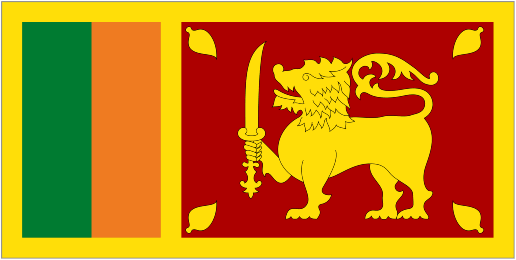
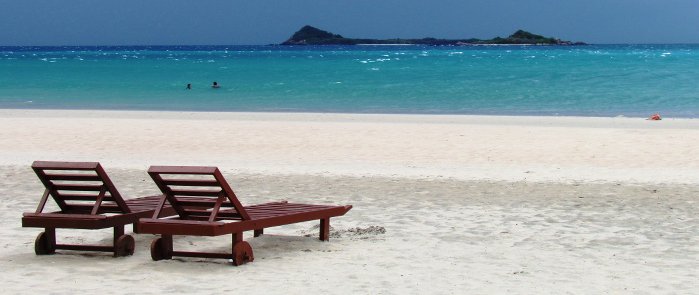
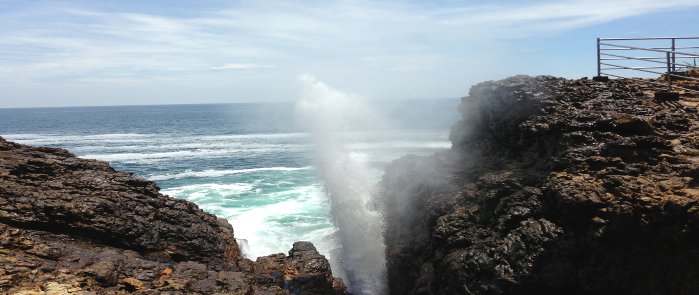
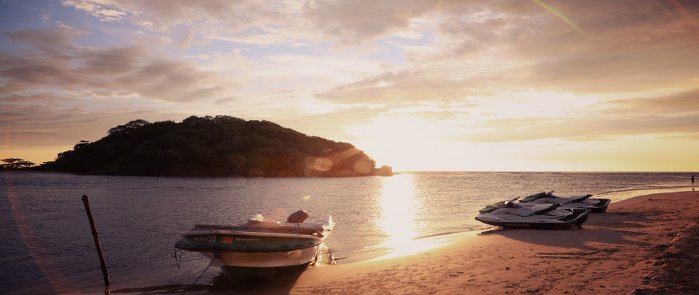
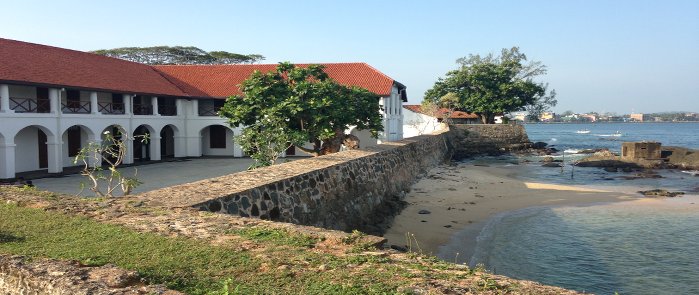
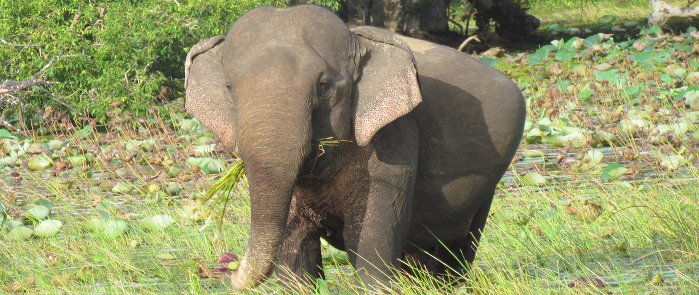
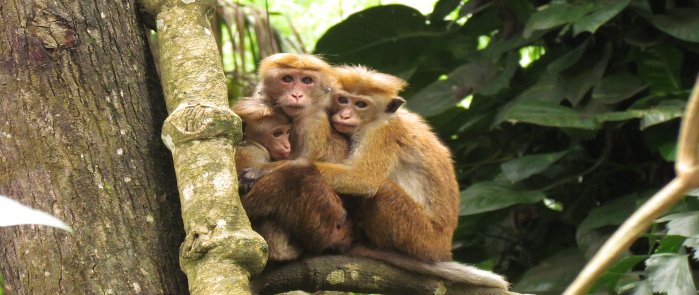
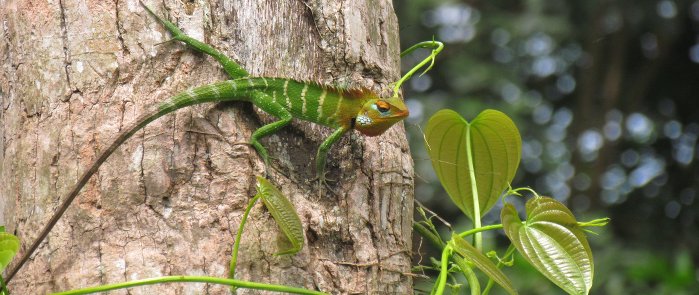


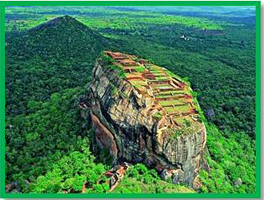
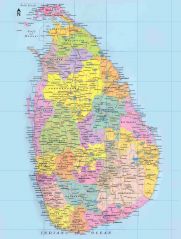
 Dambulla
Dambulla